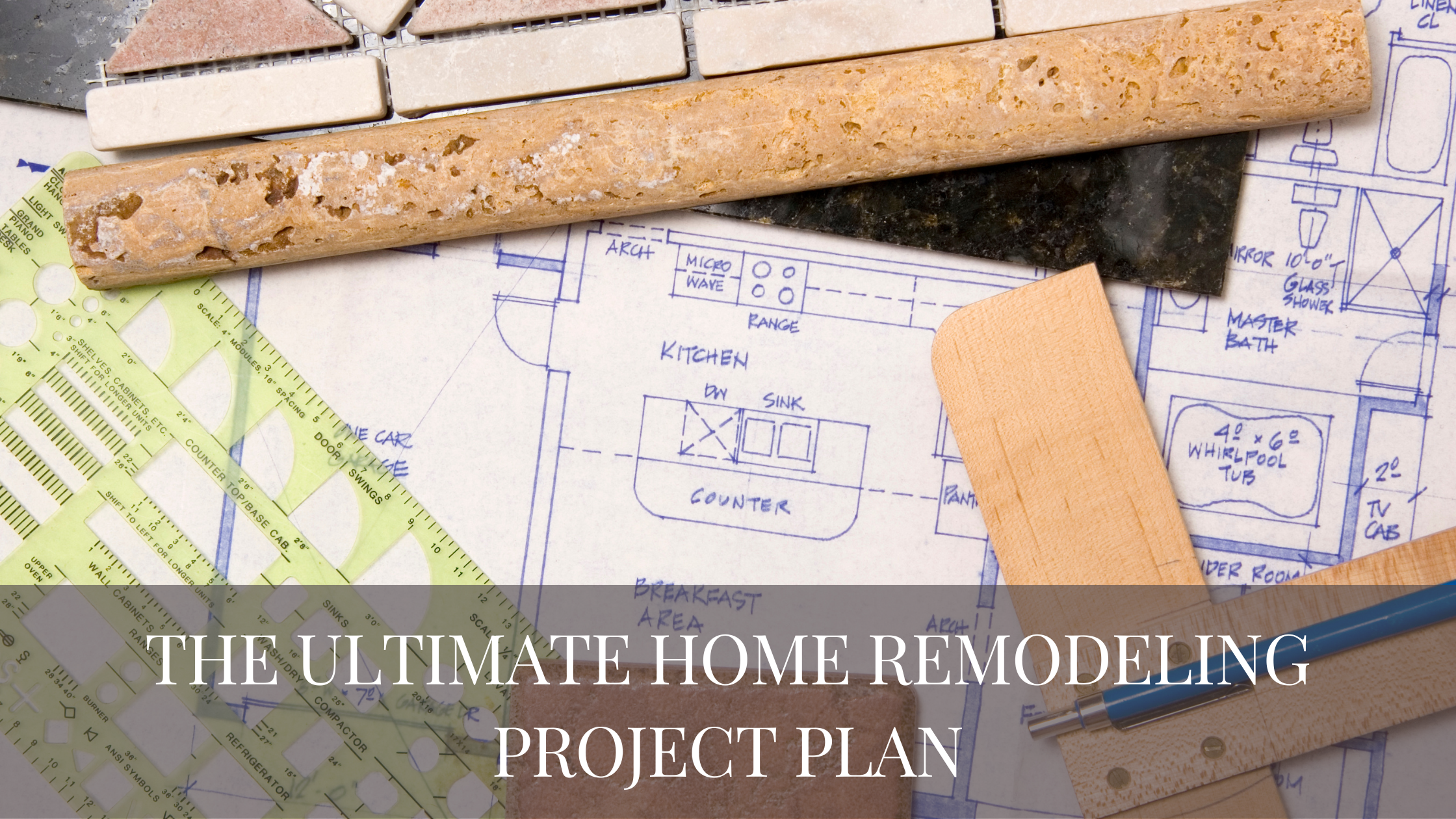In the digital age, we’re constantly upgrading our electronics and small appliances.
But what happens to our old devices?
Often, they end up collecting dust in a closet or, worse, in a landfill.
If you’ve ever found yourself in this predicament, you’re not alone.
Many of us are unsure of how to dispose of these items responsibly.
In this blog post, we’ll guide you through the process of recycling and donating these items, helping you make a positive impact on the environment.
The Importance of Sustainable Disposal
Before we dive into the how-to, let’s discuss why sustainable disposal is so crucial.
Every year, millions of electronic devices and small appliances end up in landfills, where they can leak harmful chemicals into the soil and groundwater. This not only harms our environment but also wastes valuable resources that could be reused.
By recycling or donating these items, we can prevent this pollution, conserve natural resources, and reduce greenhouse gas emissions that contribute to climate change.
What Not to Do When Donating or Recycling
If you’re planning to donate or recycle items that store personal data, such as computers or smartphones, make sure to delete all of your information first.
This protects your privacy and prevents your personal information from falling into the wrong hands.
Also, it’s important to remember never to throw items with batteries in the trash.
Batteries, particularly lithium-ion batteries found in many modern electronics, can pose a fire risk and are harmful to the environment when disposed of improperly.
How to Donate Old Electronics and Small Appliances
If your old electronics and appliances are still in good working order, donating them is a fantastic option.
Many organizations, like Cell Phones for Soldiers, the Salvation Army, and Habitat for Humanity, accept working devices.
These devices are then either given to those in need or sold, with the proceeds supporting the organization’s charitable work.
You can also look for local donation events in your community.
These events often accept a wide range of items and can be a great way to give your old devices a new life.
Plus, donating items is a great way to declutter your space and help others at the same time.
How to Recycle Old Electronics and Small Appliances
If your items are no longer working or are too outdated to be useful, recycling is the way to go.
Before you recycle, remember to remove any batteries, and take them to a local drop-off site for safe disposal.
Then, you can recycle your items through services like Best Buy’s e-waste recycling program, Republic Services’ Mail-Back Program, or Earth 911’s recycling solutions.
These programs make it easy to recycle a wide range of items, from laptops and power tools to microwaves and dehumidifiers.
They ensure that your old devices are disposed of in an environmentally friendly way and that any reusable materials are recovered.
Conclusion
In conclusion, recycling and donating old electronics and small appliances is not just about decluttering your space.
It’s about making a positive impact on the environment and helping those in need.
It’s about taking responsibility for the lifecycle of the products we use and making sure they’re disposed of in a way that respects our planet.
So next time you’re about to throw away an old device, remember these tips and choose to recycle or donate instead. It’s a small step, but if we all take it together, we can make a big difference.


 Facebook
Facebook
 X
X
 Pinterest
Pinterest
 Copy Link
Copy Link











